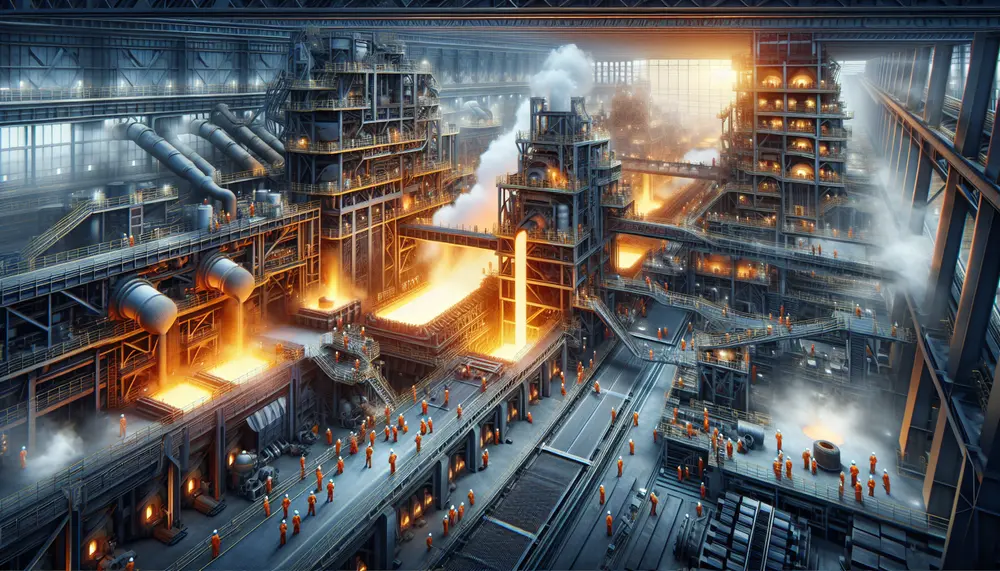Toughness
Toughness
Was ist Toughness?
Unter dem Begriff Toughness, übersetzt als Zähigkeit, verstehen wir in der Stahlproduktion und im Stahlhandel eine wichtige Materialeigenschaft. Sie definiert, wie gut ein Stahlprodukt extreme Belastungen aushält, ohne zu brechen. Dabei ist nicht nur die reine Kraft entscheidend, sondern auch, wie lange das Material dieser Belastung standhält.
Der Zusammenhang zwischen Toughness und Stahlprodukten
Die Toughness spielt eine wichtige Rolle in der Beurteilung der Qualität von Stahlprodukten. Stahl, der eine hohe Toughness aufweist, ist widerstandsfähiger gegen Risse oder Brüche. Das ist vor allem dann wichtig, wenn es um die Herstellung von Baustahl für Hochbauten oder Brücken geht. Aber auch bei Produkten wie Auto-Karosserien oder weißer Ware, wie Waschmaschinen oder Kühlschränken, spielt die Zähigkeit des Stahls eine wichtige Rolle.
Toughness messen und bewerten
Die Toughness eines Stahlprodukts wird in speziellen Tests ermittelt. Ein gängiges Verfahren ist der Kerbschlagbiegeversuch. Dabei schlägt ein Pendel an einem präparierten Stahlstück an. Anhand von Werten wie der Energie, die das Pendel nach dem Anschlag noch besitzt, oder der Verformung des Stahlstücks, kann auf die Toughness geschlossen werden. Vorsicht ist jedoch geboten, denn die Zähigkeit nimmt ab, wenn der Stahl unter einer bestimmten Temperatur getestet wird. Daher wird auch oft von der Bruchzähigkeit bei einer bestimmten Prüftemperatur gesprochen.
Fazit zur Toughness in der Stahlproduktion und im Handel
Zusammenfassend lässt sich sagen: Die Toughness ist eine zentrale Materialeigenschaft, wenn es um die Qualität von Stahlprodukten geht. Der Wert für die Toughness gibt Aufschluss darüber, wie belastbar der Stahl ist und in welchen Bereichen er eingesetzt werden kann. Eines ist dabei klar: Je höher die Toughness, desto widerstandsfähiger der Stahl.
Blog Posts with the term: Toughness
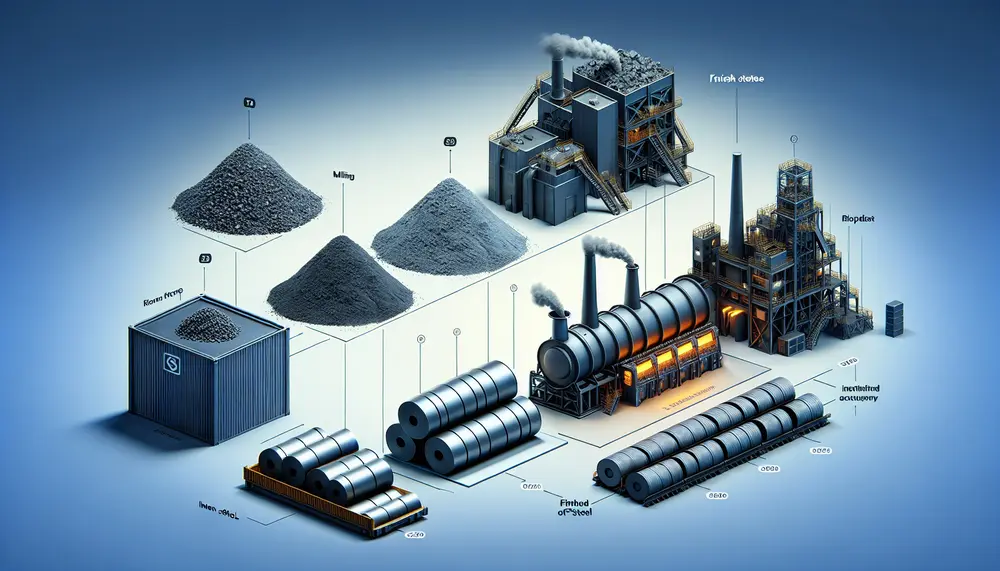
The steelmaking value chain is a complex process that transforms raw materials like iron ore, coking coal, and limestone into high-quality steel through strategic steps involving technological innovation to optimize efficiency and reduce environmental impact. Understanding this value chain helps...
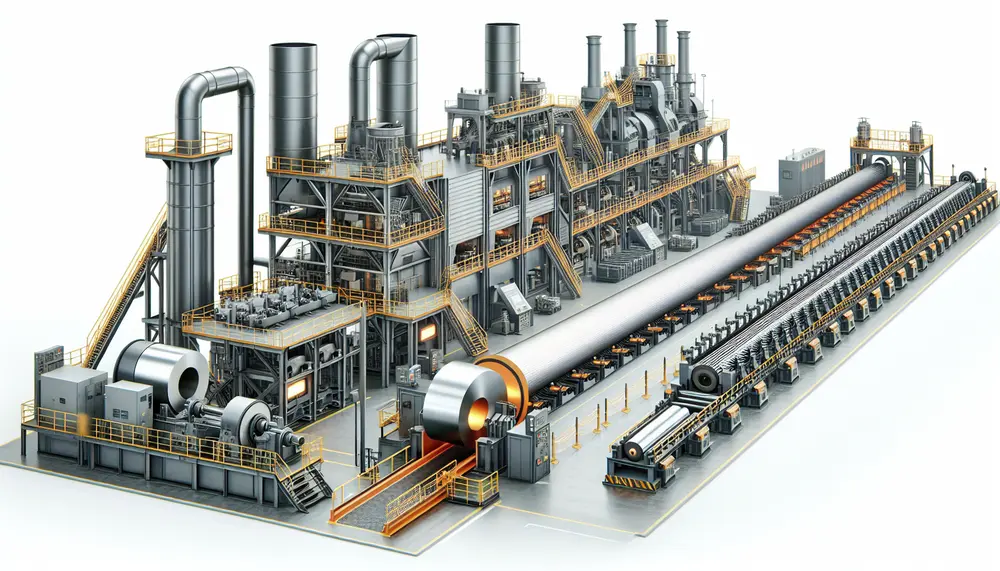
Steel manufacturing is a complex process that transforms iron ore into steel, involving precise heating and mixing to create different grades for various applications. The journey includes primary methods like Basic Oxygen Steelmaking (BOS) and Electric Arc Furnace (EAF), followed...
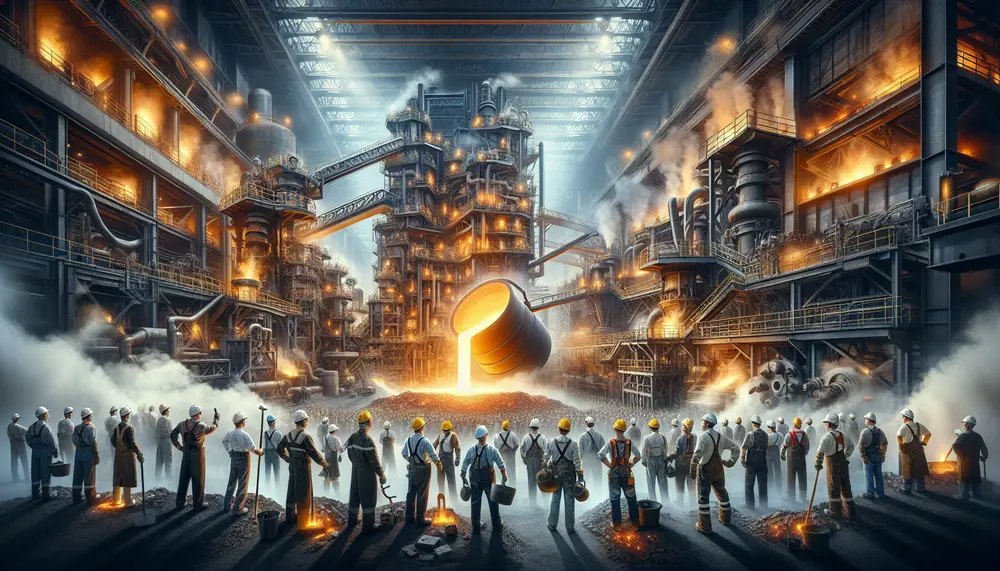
The article provides an overview of steel making, detailing its historical evolution and main processes such as ironmaking, primary and secondary steelmaking, casting, and forming; it highlights the importance of methods like the basic oxygen process and electric arc furnace...
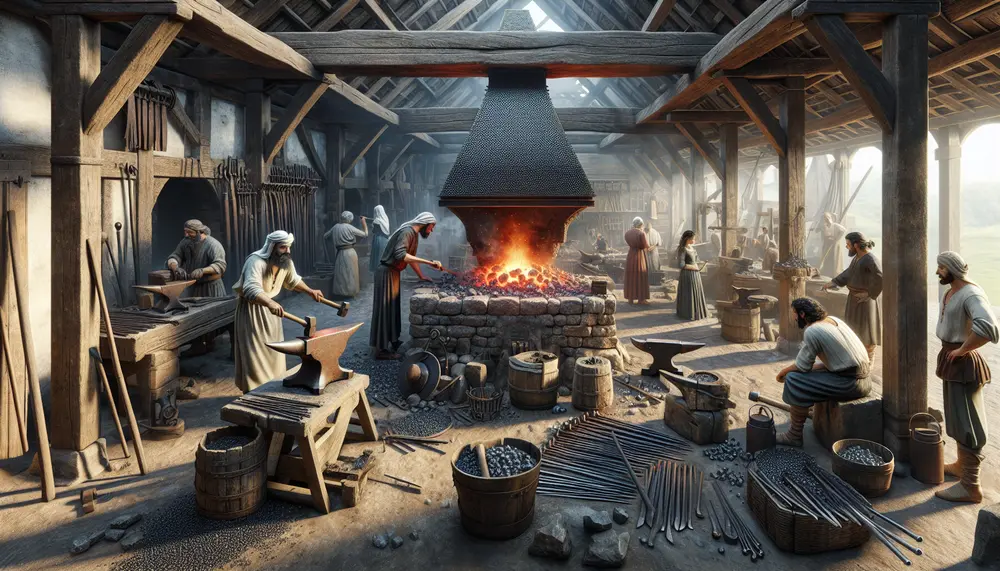
The article "Introduction to Ancient Steel Making" explores the historical context, key techniques, and materials used in ancient steel production across various civilizations. It highlights how early methods influenced modern steel making and underscores the ingenuity of our ancestors in...
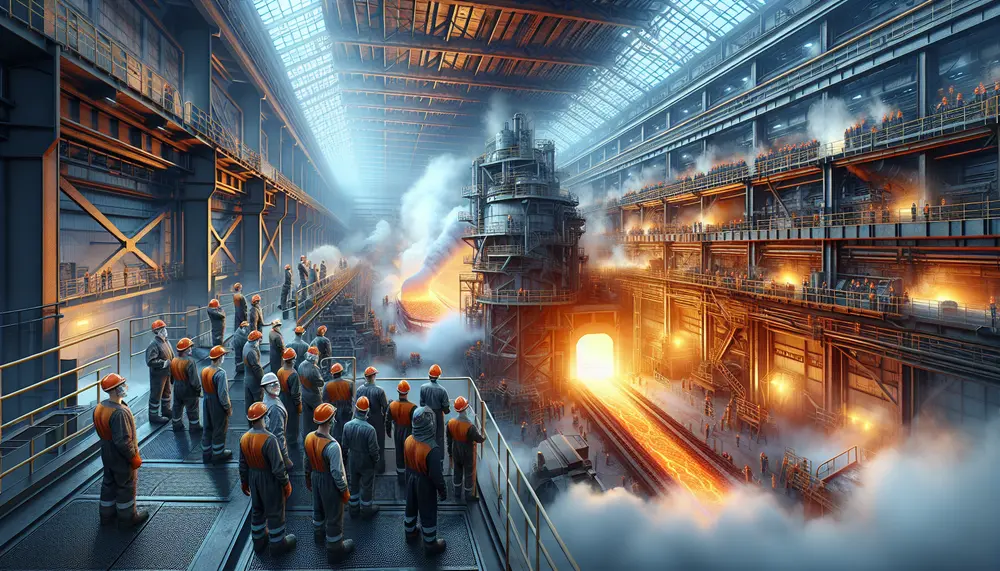
Desulfurization in steelmaking is crucial for producing high-quality, durable steel by removing sulfur impurities that cause brittleness; advancements and techniques like desulfurizing agents, slag optimization, and vacuum treatment enhance this process while addressing challenges such as cost and environmental concerns....
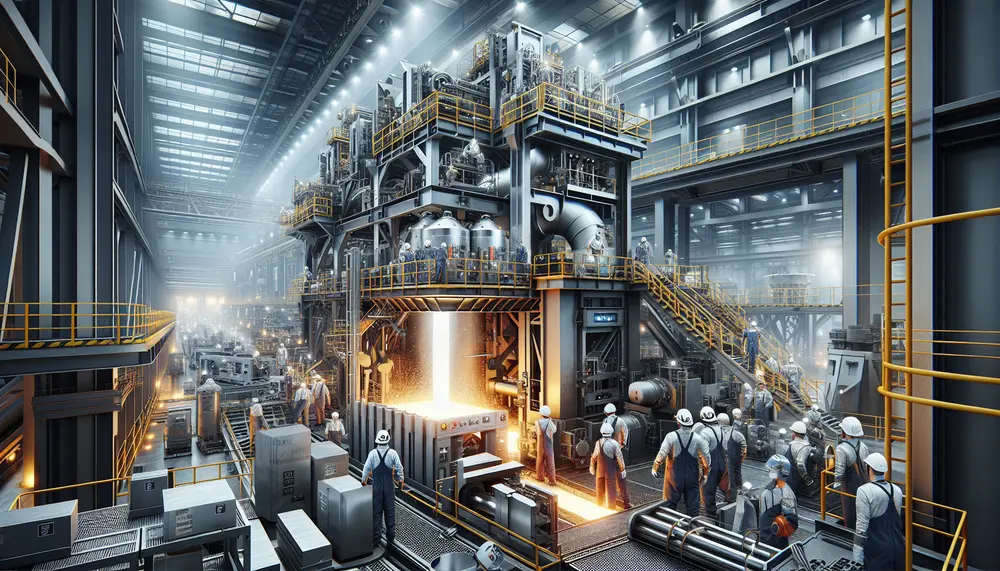
The Argon Oxygen Decarburization (AOD) process is essential in producing high-quality stainless steel by refining molten steel to reduce carbon content while preserving valuable alloying elements like chromium. This method, involving precise control of gas mixtures and temperatures during decarburization,...
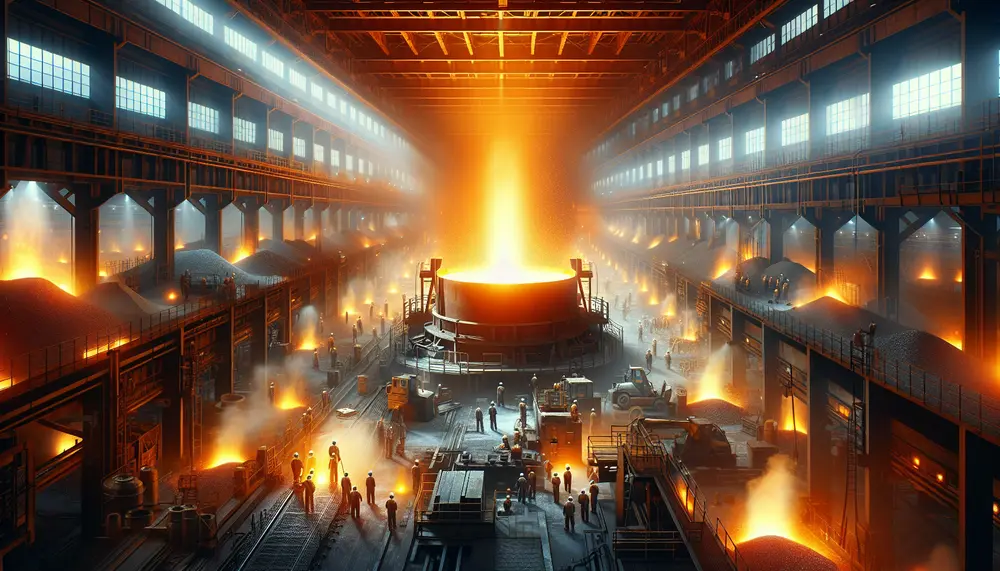
Steelmaking ladles are essential in the steel production process, designed to transport and refine molten metal while withstanding extreme temperatures and chemical corrosion. They come in various types tailored for specific functions such as transferring, treating, casting, and precise pouring...
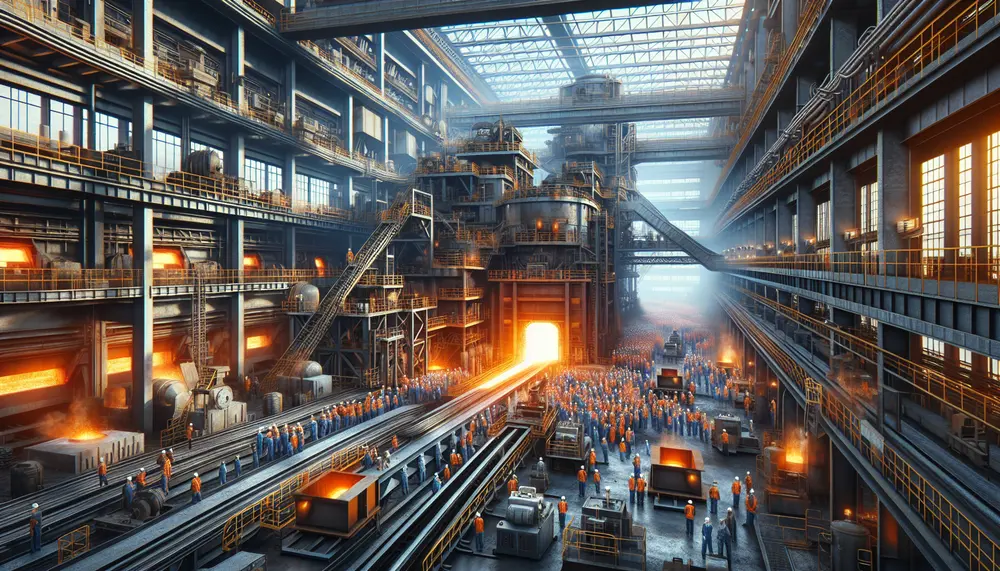
The article provides a detailed overview of the steelmaking process, starting from raw material extraction to final product creation. It emphasizes the importance of understanding each stage and the key materials involved—iron ore, coal, limestone, and scrap metal—to produce high-quality...
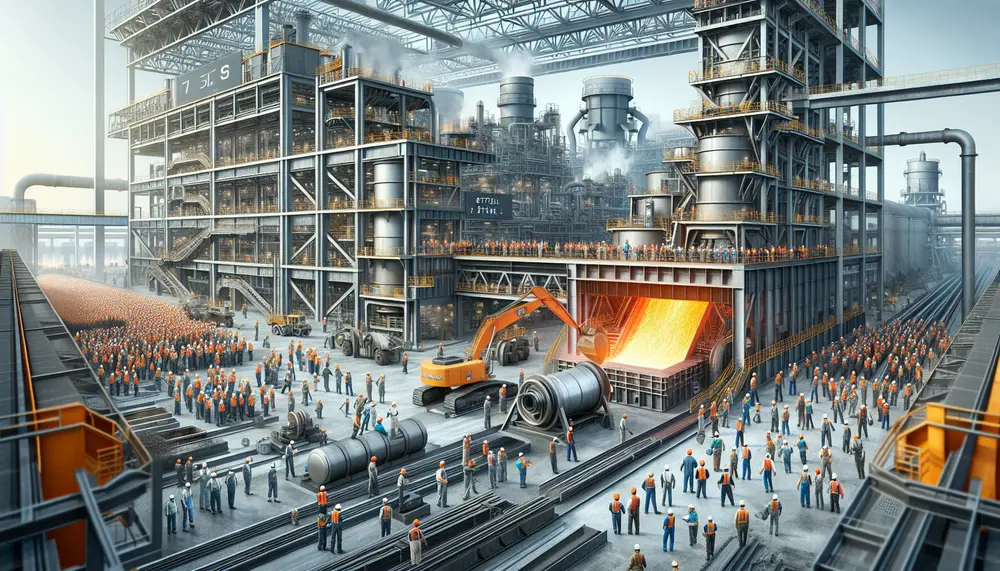
The article explains the steel production process using a detailed steelmaking diagram, which visually breaks down each step from raw material preparation to finishing processes. It covers two main methods of steelmaking—Basic Oxygen Steelmaking (BOS) and Electric Arc Furnace (EAF)—and...
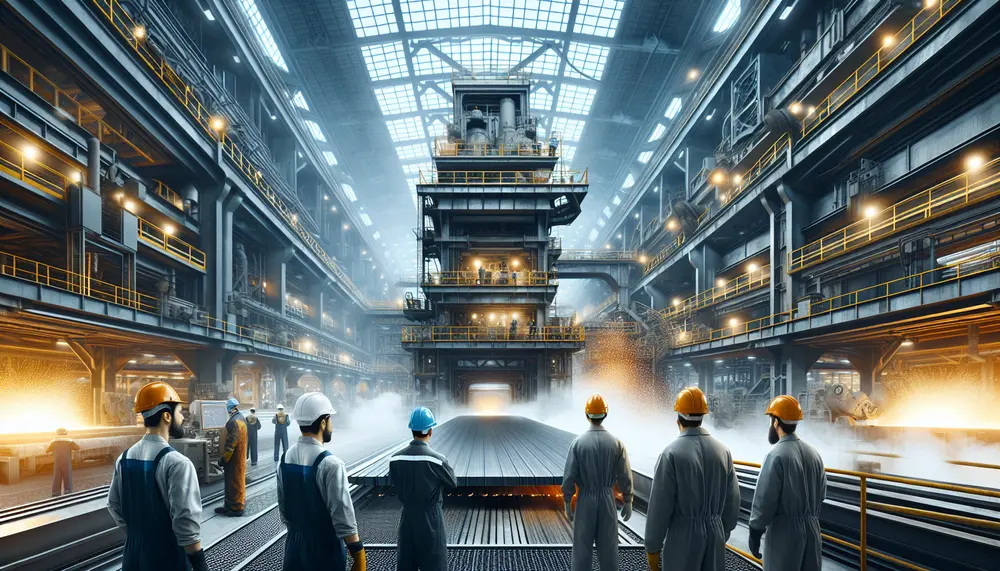
Steelmaking oxidation is a critical process in steel production, involving the intentional addition of oxygen to molten iron to trigger chemical reactions that remove impurities like carbon, silicon, and phosphorus, thereby enhancing the quality and properties of steel. This process...
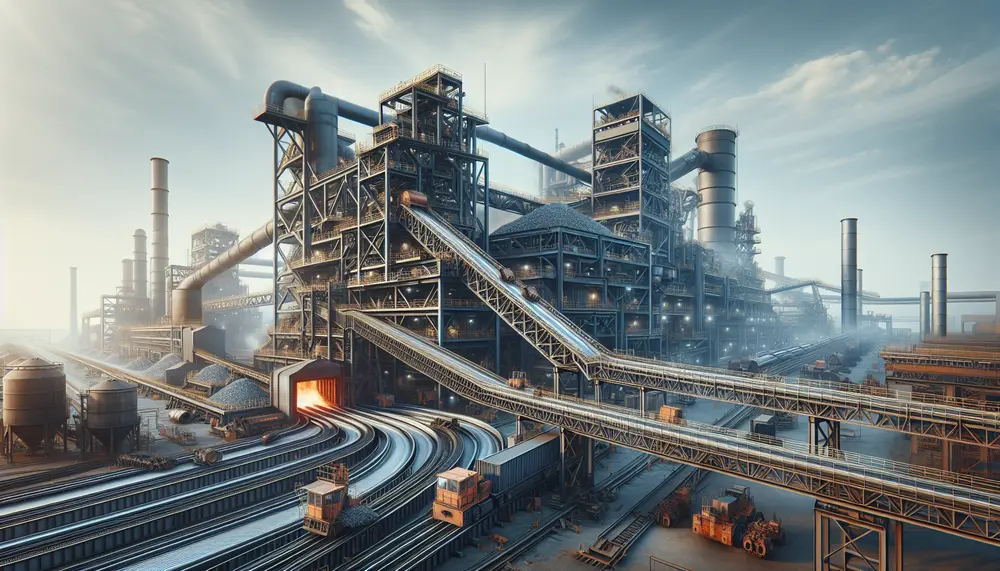
Steel manufacturing from scrap is a sustainable process that reduces environmental impact and conserves resources. It involves collection, separation, melting in an electric arc furnace, refining to remove impurities, adding alloy elements, and casting into new products; recycling steel offers...
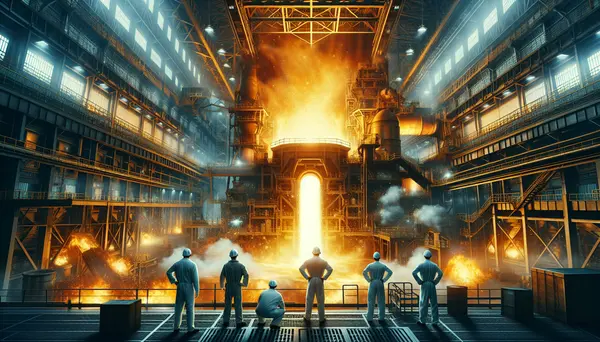
The steelmaking process involves complex chemical reactions to transform iron ore into steel, an alloy primarily made of iron and carbon. The Basic Oxygen Steelmaking (BOS) method is the most common way to produce steel, where a high-purity stream of...
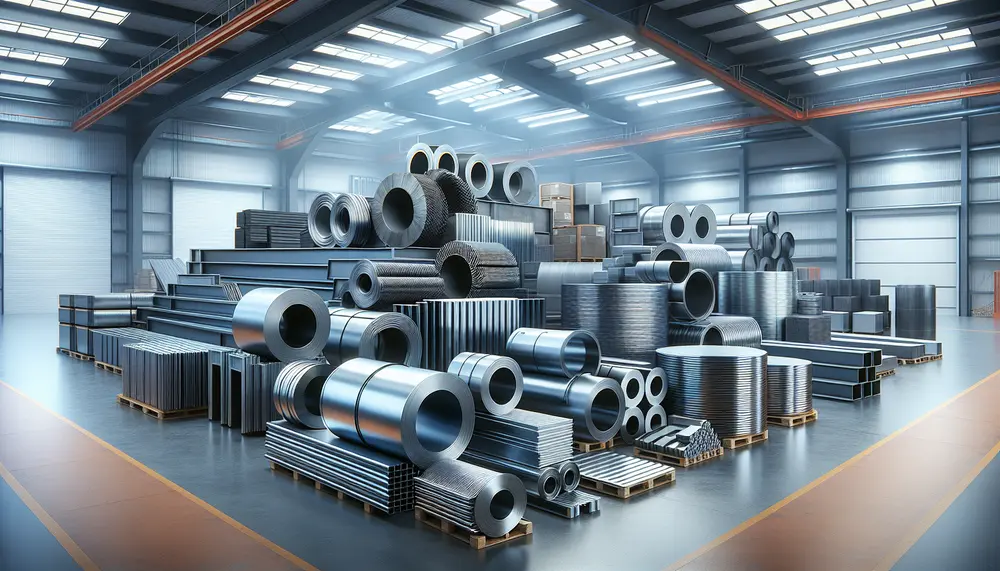
Steel is an iron-carbon alloy with varying carbon content that determines its hardness, ductility, and tensile strength; other elements like chromium can be added to enhance specific properties such as corrosion resistance. Steel products are categorized into four main types:...
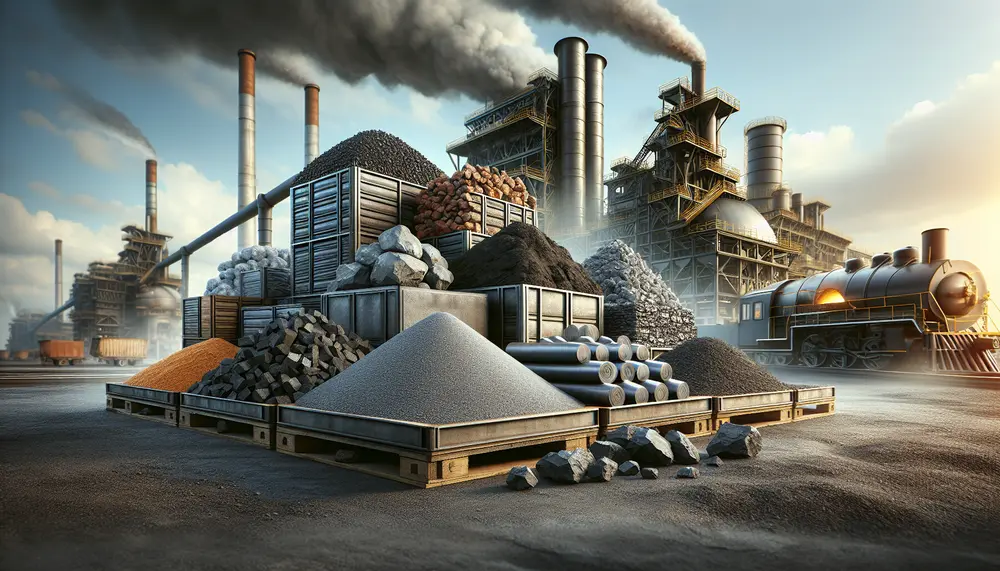
Steel production relies on a balance of raw materials like iron ore, coal, limestone, and scrap metal to determine the characteristics of different steel types. Understanding these ingredients is crucial for industry professionals as they influence strength, durability, and quality...

